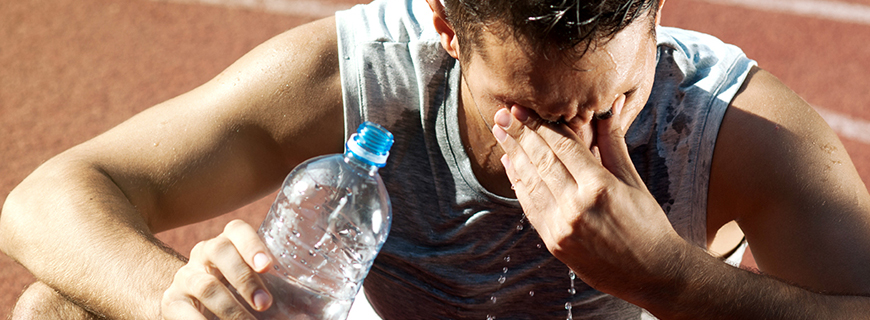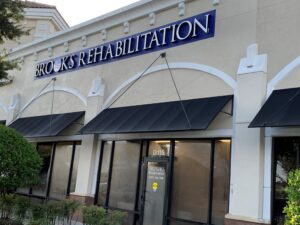Keeping Young Athletes Safe from Heat-Related Illness

Back to physical health resource hub
By Dr. Nata Salvatori
As children begin to head back to school and sports, athletes, coaches and parents need to be on the lookout for heat-related illnesses.
The number of heat-related injuries increased 133% from 1997 to 2006. Children under the age of 18 are the most vulnerable. According to the Centers for Disease Control and Prevention, high school athletes, especially males, are at the highest risk of suffering exertional heat illness.
There are five main types of heat-related illnesses that can range in severity from bothersome to a life-threatening emergency. Knowing what to look for, and how to treat it immediately, can make all the difference.
What are Heat Related Illnesses?
- Heat Stroke
The Center for Disease Control describes heat stroke as the most serious heat-related disorder. It occurs when the body becomes unable to control its temperature: the body’s temperature rises rapidly, the sweating mechanism fails, and the body is unable to cool down. When heat stroke occurs, the body temperature can rise to 106 degrees Fahrenheit or higher within 10 to 15 minutes. Heat stroke can cause death or permanent disability if emergency treatment is not given.
Symptoms of heat stroke include:
- Hot, dry skin or profuse sweating
- Hallucinations
- Throbbing headache
- High body temperature and chills
- Confusion, dizziness or slurred speech
If you suspect heat stroke, call 911 immediately! Move the sick athlete to a cool, shaded area and soak them with water until help arrives.
- Heat Exhaustion
Heat exhaustion is the body’s response to an excessive loss of the water and salt, usually through excessive sweating. With heat exhaustion, your body temperature rises as high as 104 F (40 C) and you may experience nausea, vomiting, headache, fainting, weakness, and cold, clammy skin. If left untreated, this can lead to heat stroke.
Treat an athlete suffering from heat exhaustion by having him or her rest in a cool, shaded or air-conditioned area. Also have them drink plenty of water and take a cool shower, bath, or sponge bath.
- Heat Syncope
Heat syncope is a fainting (syncope) episode or dizziness that usually occurs with prolonged standing or sudden rising from a sitting or lying position. Factors that may contribute to heat syncope include dehydration and lack of acclimatization.
Athletes with heat syncope should sit or lie down in a cool place when they begin to feel symptoms. Have the athlete slowly drink water, clear juice, or a sports beverage until symptoms subside.
- Heat Cramps
Heat cramps usually affect athletes who sweat a lot during strenuous activity. This sweating depletes the body’s salt and moisture levels. Low salt levels in muscles causes painful cramps. Heat cramps may also be a symptom of heat exhaustion.
Athletes with heat cramps should stop all activity, and sit in a cool place. Drink clear juice or a sports beverage.
It is important that athletes do not return to strenuous activity for a few hours after the cramps subside because further exertion may lead to heat exhaustion or heat stroke. Seek medical attention if any of the following apply:
- The athlete has heart problems.
- The athlete is on a low-sodium diet.
- The cramps do not subside within one hour.
- Heat Rash
Heat rash is a skin irritation caused by excessive sweating during hot, humid weather. It looks like a red cluster of pimples or small blisters. Heat rash is more likely to occur on the neck and upper chest, in the groin, under the breasts, and in elbow creases.
If at all possible, try to practice in a cooler, less humid environment. Keep the rash dry and use a dusting powder to increase comfort.


